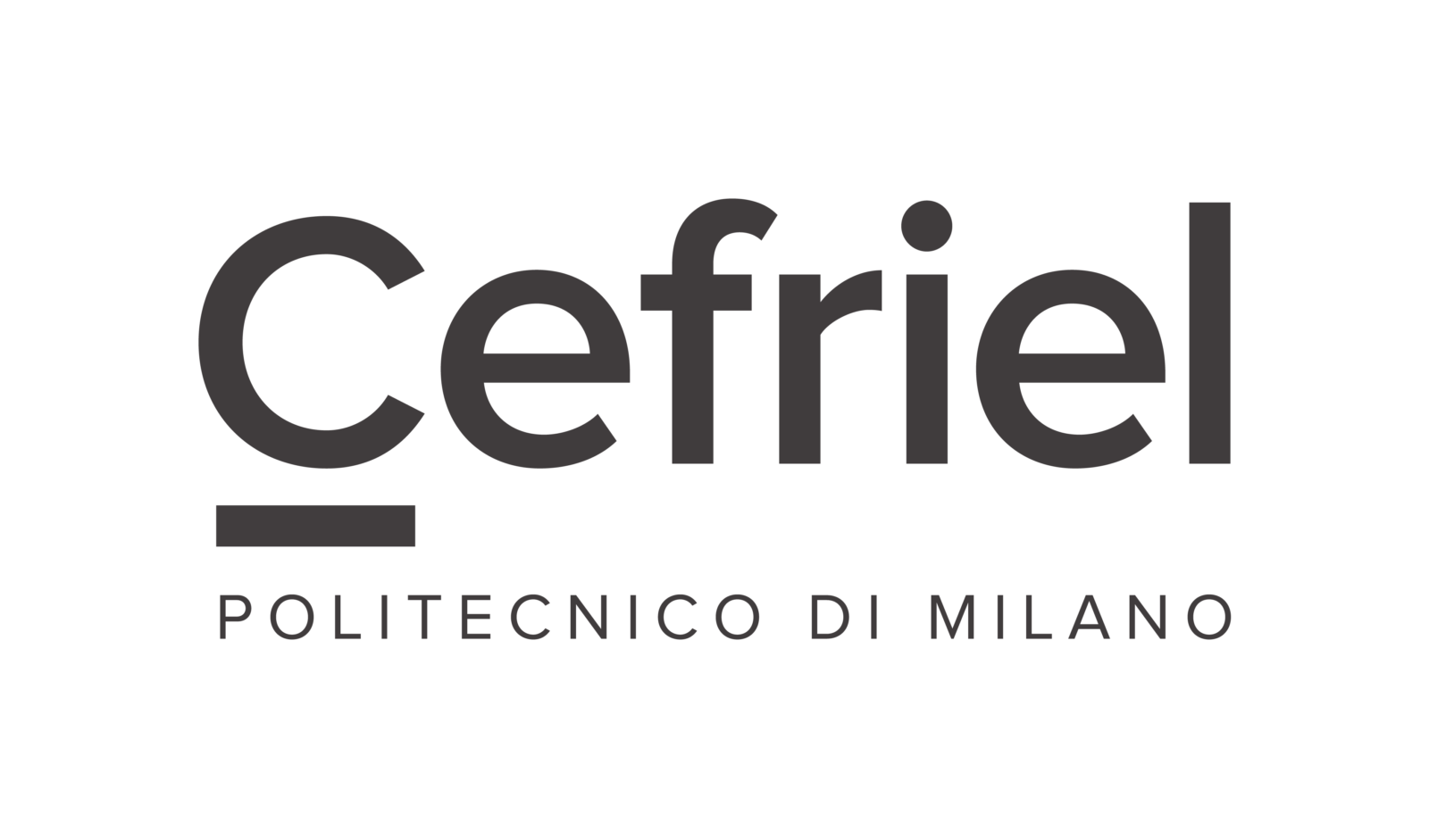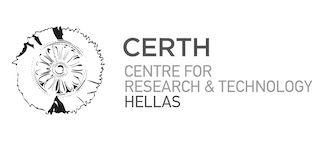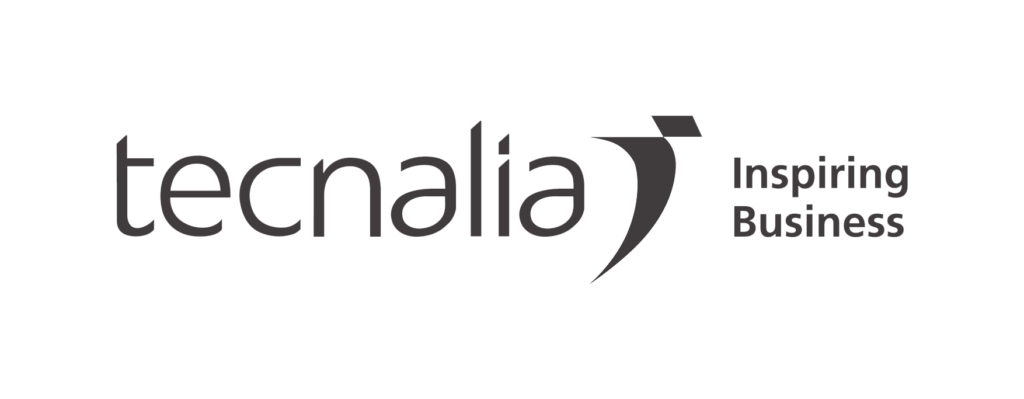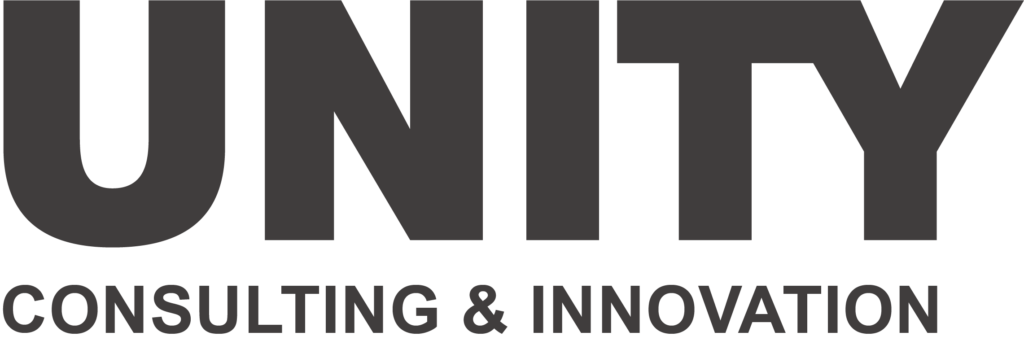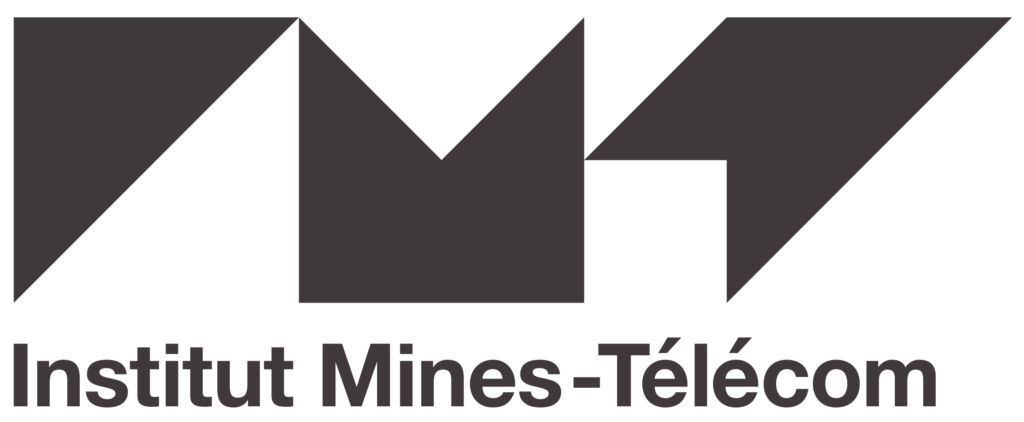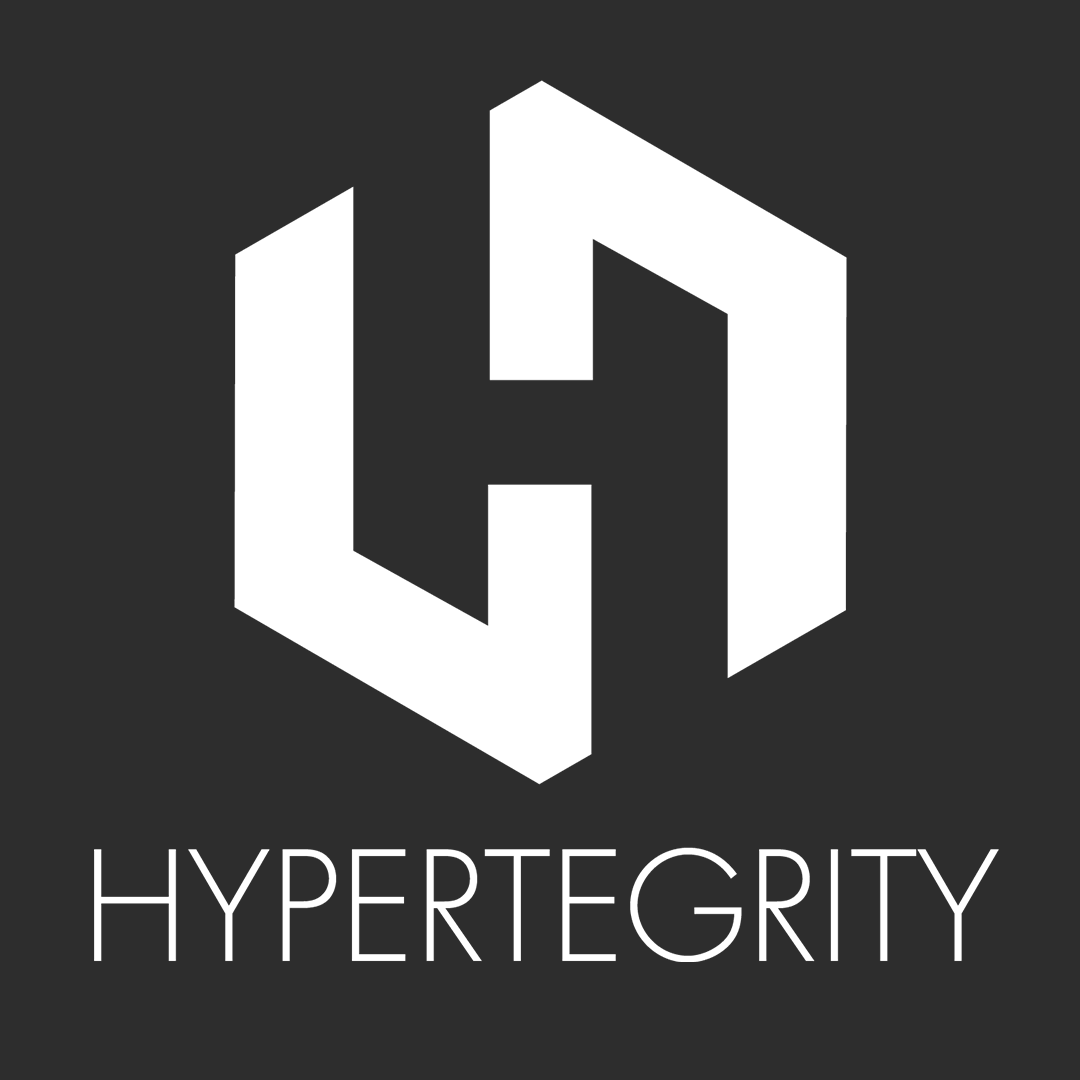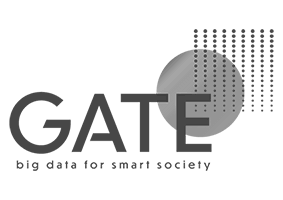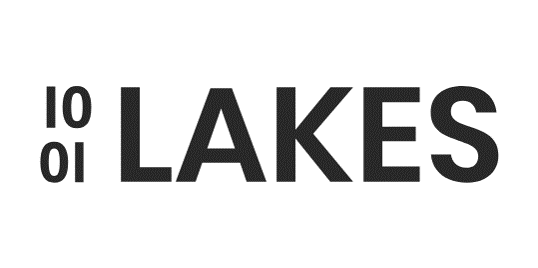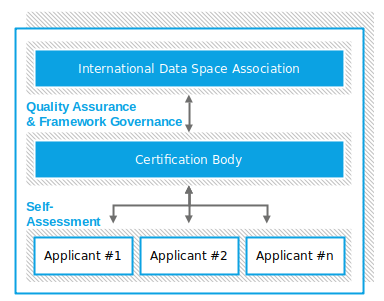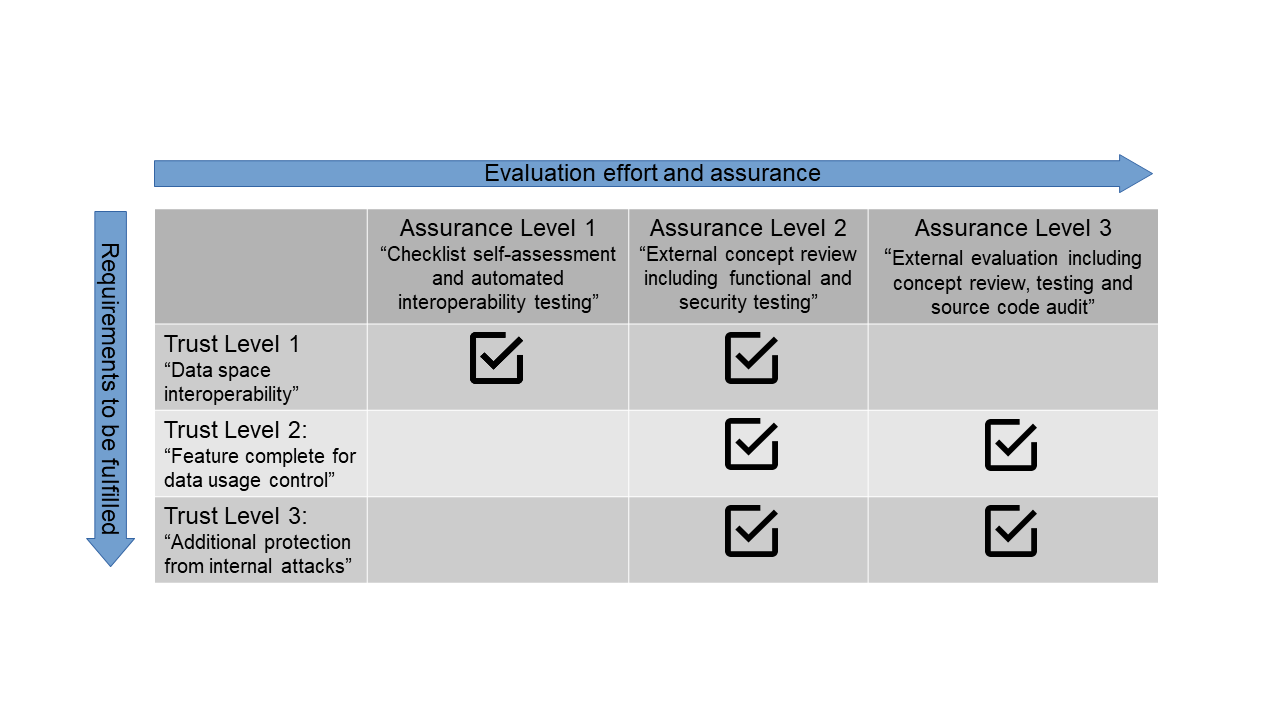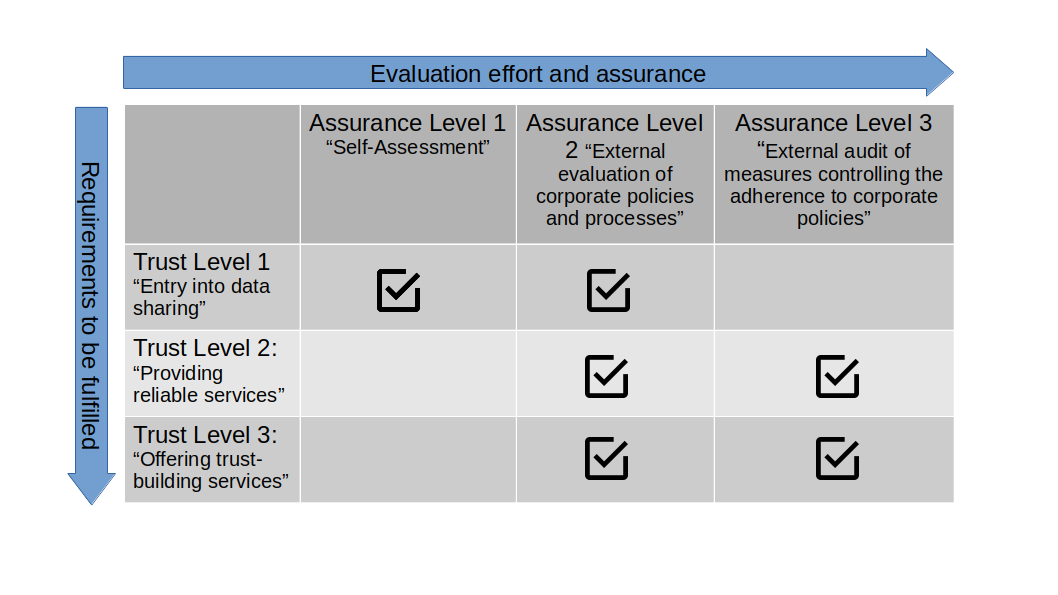truzzt box
IONOS | pi-lar | Verifeye | MSG | Nexyo | CommDoo | Universität Siegen | Bergische Universität Wuppertal | Hochschule Bonn-Rhein-Sieg | Linz Center of Mechatronics GmbH | GBB | University of Applied Sciences Europe
CHALLENGE:
You create your own new internet with the secure data space of your truzzt box.
Your data is inextricably linked to your terms of use. With data sovereignty, you and only you decide what happens to your data. Traceability lets you see what happens to your data. The trust anchor ensures that only verified partners can access your data. Data spaces prevent data theft and data loss because your data is always stored distributed and encrypted.
SUCCESS:
Your truzzt box:
Sovereign.
In the truzzt box your documents are always available for you. Everywhere. With the truzzt box, you can see them all at a glance and have access to them at your fingertips. Not even truzzt has access to your personal documents. You are always in control. That’s what we call European data sovereignty.
Transparent. Encrypted.
As a verified user of your truzzt box you always know who you are dealing with. Create trust by security and by knowing who’s at the other end. You don't have to be afraid of data theft anymore. You only buy from real, verified merchants. Your personal data will always remain encrypted and safe in your truzzt box.
Self-learning. Automated.
The truzzt box is your intelligent personal assistant and will automatically adapt to your usage with its artificial intelligence. On all your devices.
truzzt.control: idento.one
Simple.
As a verified user with idento.one, you can manage your digital identity from anywhere and on any device. With your ID card, with your driver’s license and with any other documents you might need.
Anywhere.
Your idento.one dashboard gives you an overview of the digital services you use, from online banking to your social networks. You alone decide which service can access your data, when and how. Anywhere, even in your car.
Everything under control.
You keep control of your data. Only you can share them – with whom you want to and when you want to.
truzzt.connect: Pocket Space Computing
Scalable.
Never again pay for storage space you don’t need. With Pocket Space Computing, you always get exactly the right performance – anywhere in the world, anytime. Infinitely scalable.
Configurable.
You just put your own truzzt box together according to your needs. It's best to start with our standard box. Extensions and changes are possible at any time. What is not needed, will not be charged.
Future-proof.
You won’t need an extra app for everything. Pocket Space Computing means that the necessary connections and programs are there for you. In the future, you may no longer need to buy a new device, but you will have a virtual computer on the web. Accessible from anywhere.
